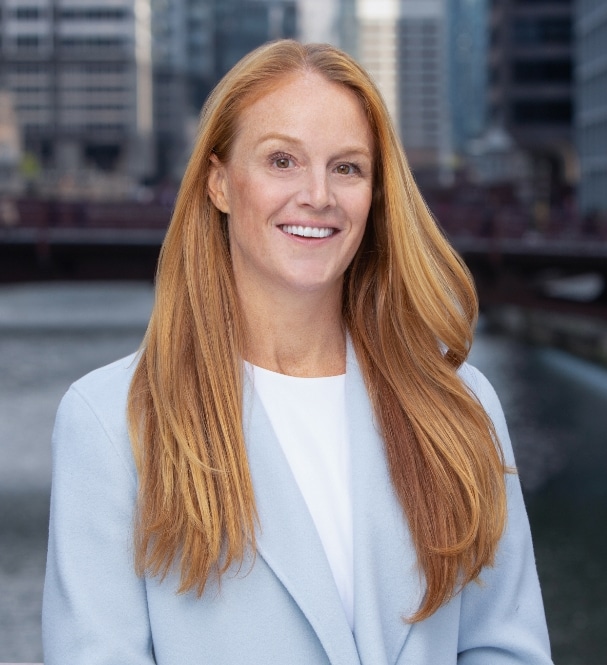BY JULIE SEGAL
Under pressure to explore new ways to hedge their risks while cutting fee expenses, institutions are taking a fresh look at listed options — in some cases, at the expense of hedge funds.
In search of great returns and limited risk, individual investors have long used listed options — a contract to buy or sell a security at a particular price — as a way to reduce risk in their portfolios. Now institutional investors, particularly public pension funds, are increasingly buying into the value of using exchange-traded options as an alternative to more expensive and often less transparent and less liquid hedge funds and private equity.
Public pension plans initially invested in hedge funds and other alternatives in the early 2000s to diversify their portfolios and temper the risks of their stock holdings. With interest rates still at historical lows ten years after the financial crisis, pensions have also sought out higher-returning investments in an attempt to get closer to the amount of money they’ll need to meet their future obligations to retired employees.
But public pensions and many endowments have also come under pressure from trustees — as well as the public at large — to reduce the fees they pay to asset managers and to invest in transparent strategies. Institutional investors have taken note. Among listed options users are the State of Wisconsin Investment Board and Texas Tech University System.
Options offer transparency that many asset classes such as private equity and hedge funds do not. Investors can see the volume traded and open interest at any time, and the contracts have the guarantee of a central clearing agency, the Options Clearing Corp.
Eric Metz, president and chief investment officer of Chicago’s SpiderRock Advisors, which advises individuals as well as pensions, family offices, endowments, and other institutions, is seeing an increased use of listed options by institutions, in part because a new generation comfortable with the products is taking the reins in these organizations, he says. Metz adds that some SpiderRock clients are using the products to replace hedge funds.
“Hedge funds always pitch superior risk-adjusted returns. What they don’t pitch is predictability,” he says. Listed options offer both. Metz stresses that listed options offer transparency and liquidity — like alternative strategies that have been packaged in mutual funds, so-called liquid alts — and they also offer the predictability of fixed-income securities.
In a public presentation in November, the $28 billion Employees Retirement System of Texas, which does not yet use listed options, analyzed the use of options as an overlay to its portfolio, which has 60 percent of assets in bonds and 40 percent in equities. It found that most of the income-oriented option overlay strategies generated similar returns to the 60-40 portfolio on its own but with lower risk profiles.
“In the past, many institutional investors have only looked at listed options through a very narrow lens: protection and leverage,” says Joseph Cusick, director of institutional education and business development for the Options Industry Council.
Now, says Cusick, his organization, which is managed by the Options Clearing Corp., is talking to investors about using options to rotate among different market sectors as well as to add diversity and income. He explains as an example that an investor may want to shift from a hot sector, say, energy, to banking, without merely selling positions one day and buying the next. In that case, the investor could write covered call options on its energy holdings, whether individual stocks, an exchange-traded fund, or an index, collecting a premium on the call. At the same, the institution would buy a put; the two together are called a collar in options-speak. With a collar, an institution is setting a floor on a well-performing sector, which it may want to move out of if the markets pull back.
With a covered call, an investor sells off a certain amount of a stock’s profit potential in return for income. “That’s your natural way to take profits,” says Cusick. “If the energy sector goes down, great, you’ll get out. If not, the investor earns excess yield in the sector.”
David Jilek is chief investment strategist of Gateway Investment Advisers, whose $8.5 billion flagship Gateway Fund has a 30-year track record in running low-volatility equity index options strategies. Public pensions represent $2 billion of the firm’s total $12.5 billion in assets. But Jilek says exchange-holding company Cboe’s index option strategy benchmarks, which now have histories ranging from ten to 15 years, have prompted a lot of interest from institutions.
Institutions are using them to replace investments such as long-short equity funds, which have the same objective but are less reliable, Jilek says.
But as with any investment, Jilek says there are risks to options, particularly put writing that is not secured by cash, or so-called naked put writing, which Gateway doesn’t do. “If the investor doesn’t hold cash and the written put has a large loss, you have to sell other assets to meet the obligations for having written that put,” he says. “That can be very risky. I have yet to see that in an institution’s portfolio.”
